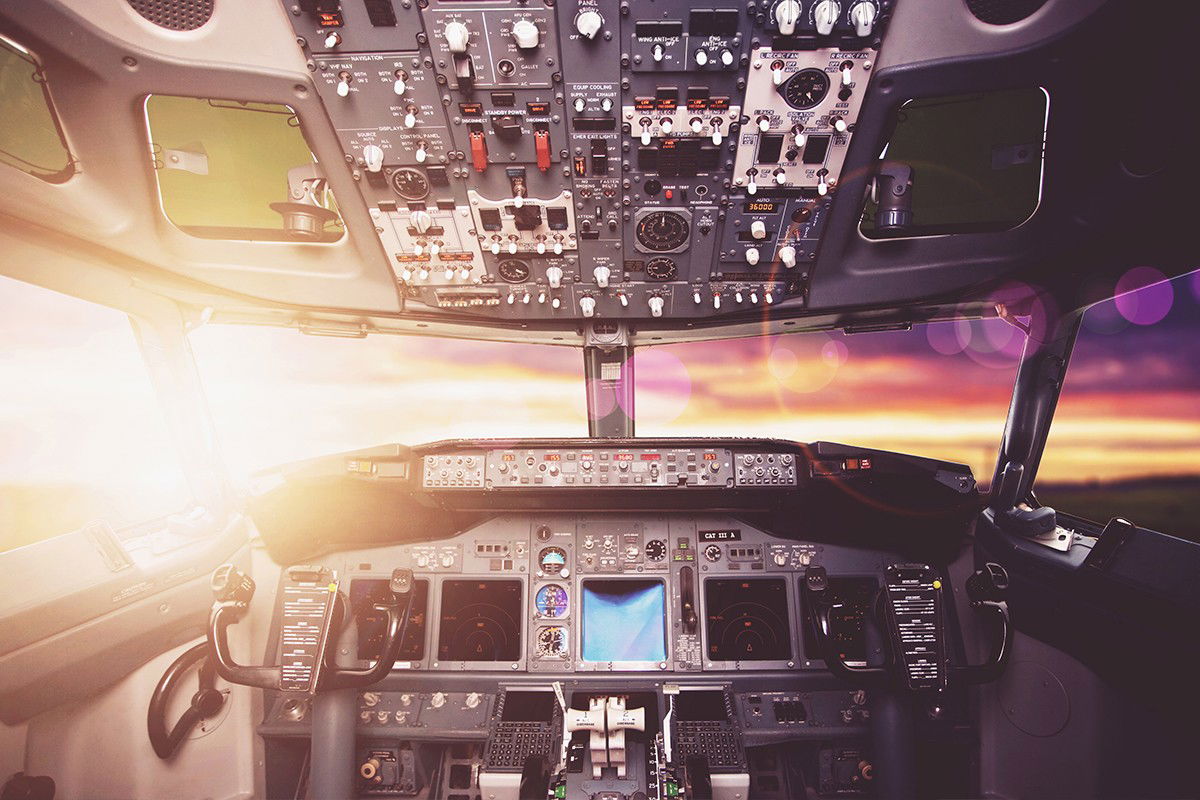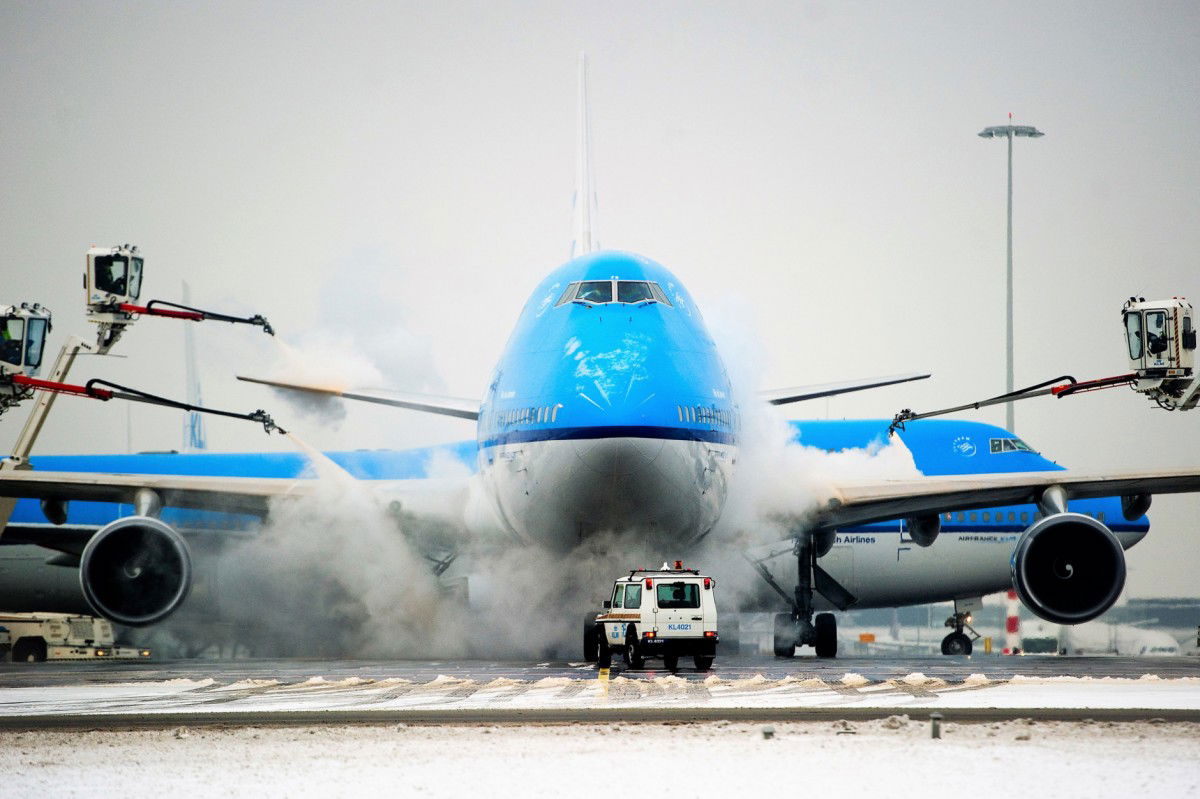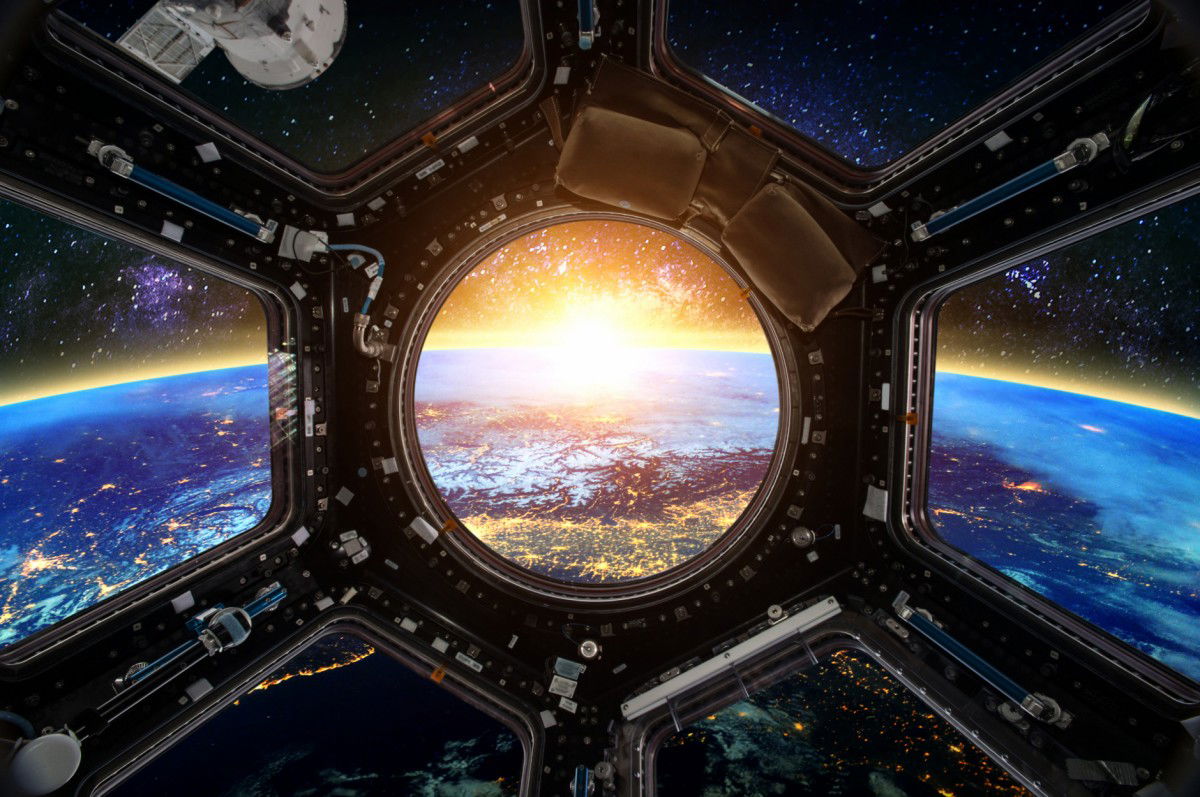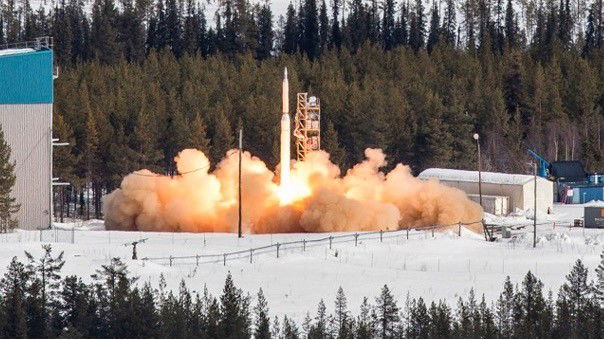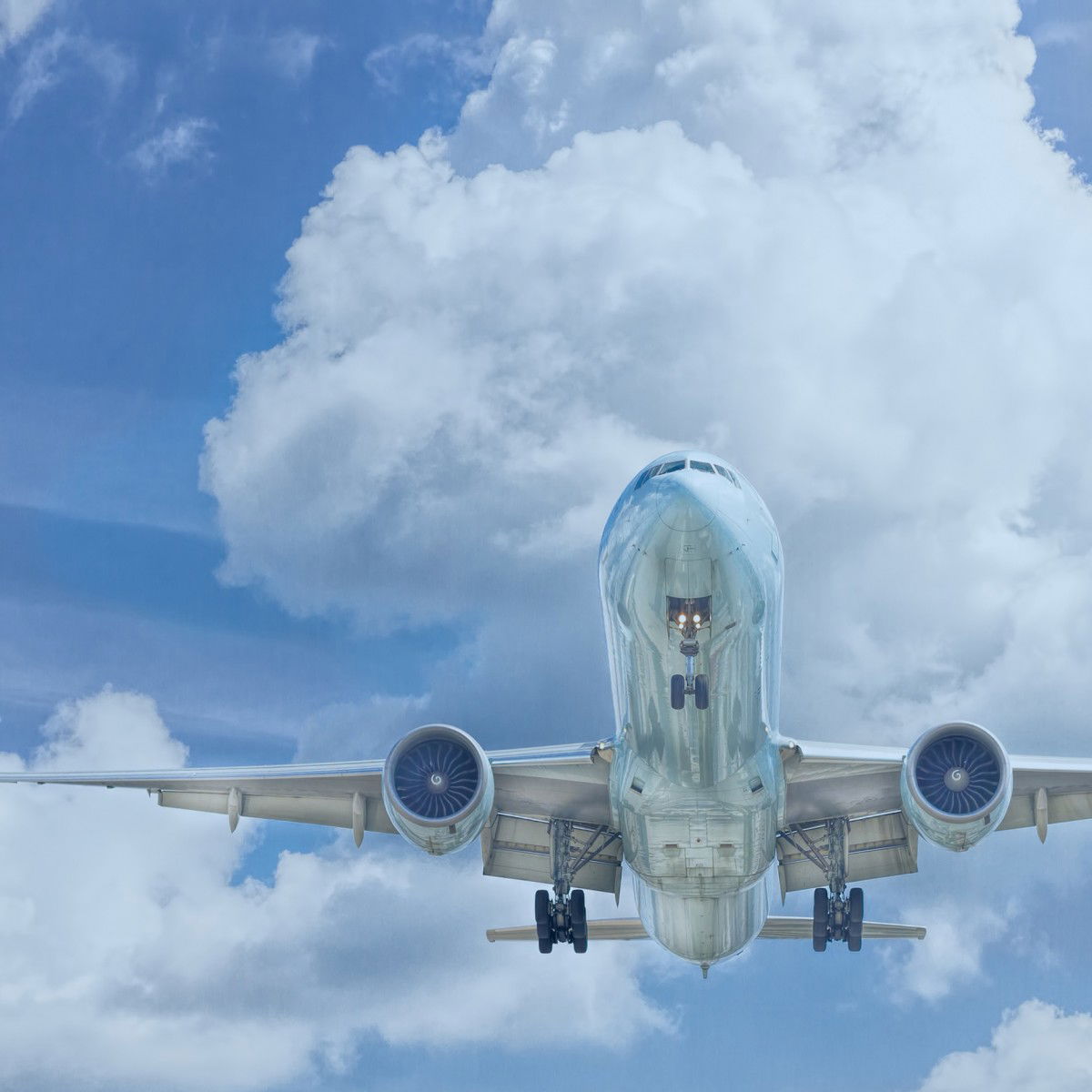KELLER PRESSURE TRANSMITTERS IN SPACE TRAVEL
Safe space travel
The International Space Station (ISS) with ESA’s Columbus laboratory on board flies around the Earth at an average altitude of around 400 km at a good 28,800 kilometers per hour. It therefore takes the station just 90 minutes to go around the Earth. For the astronauts, this translates as 16 sunrises and sunsets each day. Several space agencies have joined forces for the ISS project – the American NASA, the Russian Roskosmos, the European ESA, the Canadian CSA and the Japanese JAXA.
The ISS was permanently inhabited by astronauts for the first time in November 2000. The space station is a modular construction and now measures 110 x 100 x 30 m and weighs in at around 450 tons. The individual modular components were put into orbit by launchers and space shuttles and assembled there. The modular component of the European Columbus research laboratory was installed in February 2008 by the 16th long-term crew. The Columbus laboratory is the ESA’s greatest contribution to the station.
Since May 2009, an average of six astronauts have been working on the ISS. With the participants, the space station is suitable for operation until at least 2024. From a technical perspective, operation until 2028 is feasible.
Requirements that apply to aviation apply to an even greater extent to space travel. Emergency landings are not an option and providing replacements is also not as easy as it is with airplanes. A few years ago, KELLER was approached by a leading German aviation and space travel company. It required highly reliable absolute and differential pressure sensors for the ACLS (advanced closed loop system) that would ultimately be used in the ISS.
The aim of the ACLS is to remove carbon dioxide from the module atmosphere and generate breathable oxygen in a closed circuit. This system, featuring 37 KELLER sensors, was transported in the HTV-7 supply ship of the H-IIB rocket to the Columbus laboratory on the ISS in September 2018.
In order to generate breathable oxygen, a subsystem of the ACLS concentrates CO2 from the cabin air. A so-called Sabatier reaction ensures that hydrogen and carbon dioxide react through a catalyst to create water and methane. The condensed water is separated from the gas flow and directed back into the water management system. An electrolyser splits the water into hydrogen and oxygen. The methane is vented.
The ACLS is designed for a crew of three astronauts and saves 450 kg of additional water load per year. It also removes 3 kg of CO2, supplies 2.5 kg of O2 and produces 1.2 kg of water a day. This dramatically boosts the efficiency of the overall system and reduces the demand for supplies from Earth.
As is commonly the case in space travel, a set of sensors for the ACLS was manufactured and delivered twice in advance, which were included in the device samples for development and qualification. Findings from this were then considered in the final version. These samples remain on Earth and will continue to be used for test procedures, simulations, and for briefing the ISS crew on malfunctions, repairs, and maintenance of the ACLS.
Criteria for aviation and space travel
In aviation, just like in space travel, cutting-edge technology is not used. For both, maximum reliability is more important, and the products being used have proved themselves in this regard. Furthermore, airplanes are usually used in operation for 25 to 30 years and beyond and the replacement parts need to be available for this long. According to the meticulous maintenance instructions of the aircraft manufacturers, a component may not simply be replaced by any other component, but only by exactly the same component from the same supplier. That is why it makes sense to not use standard products in this case. KELLER develops all its components with specific customers in mind in order to ideally take care of the respective task. This means that there is also no universal solution, but rather custom-designed technology to be used for all manner of requirements. This is the only way to meet the requirements for maximum reliability under the required environmental conditions.
Contrary to the initial positive statistics, some events in the last two years can occasionally leave the impression that economic interests outweigh the reliability requirements. KELLER opposes the idea with a careful and detailed examination of each customer inquiry to ensure the highest reliability for all components. Unfortunately, that means that two thirds of inquiries are rejected due to incomplete specifications.
Special technology for special applications
The developments made in aviation and space travel over the last decade would not have been possible without reliable underlying technology. KELLER, with its high-precision and reliable pressure transmitters, has thus also played its part in this development since 1974.
Underlying piezoresistive technology
The core of the pressure transmitters being used in aviation and space travel is a piezoresistive silicon pressure sensor. The actual sensor is made from an elastic silicon diaphragm that is malleable when pressure is applied. The diaphragm bends to both sides according to the pressure difference, which causes mechanical tension in the surface. In order to be able to measure this mechanical tension, resistors are diffused into the peripheral zone of the diaphragm where this tension is greatest. The resistors react much more strongly to the mechanical tension due to the piezoresistive effect than conventional strain gauges, which only follow geometric changes. The major benefit is thus the extremely high sensitivity paired with the good zero-point stability. The latter results from the use of single crystal silicon material, which unlike metal, knows no deformations.
The piezoresistive technology, based on silicon chips, has proven itself in day-to-day use and is being used in ever more extreme environments. The key to its respective use is thus less about the technology itself, but rather the «packaging» of the piezoresistive sensor chips. Unlike metallic diaphragms, the silicon sensor was not so media-resistant and initially could only be used in dry, clean air or in non-conductive media. However, with the silicon diaphragm, an intelligent enclosure and the corresponding circuitry can be used to build high-precision, reliable pressure sensors.
As one, or both, measurands may be incompatible with the silicon sensor, it is necessary to protect the sensor from the media. For KELLER, pressure measurement against a vacuum seemed like the best option in aviation and space travel as only one side needs to be protected against media. The electrostatic bonding of the silicon measuring cell onto glass was a process that provided the necessary vacuum on the back almost free of charge. Without the vacuum, electrostatic bonding, which is based on ion migration between the glass plate on the back and the silicon, does not work. Even the design of the oil filling and insulation against the media to be measured was a problem. Due to the many effects that need to be controlled when constructing a piezoresistive silicon measuring cell, it is understandable that a sensor of this kind is always 10 to 100 times more expensive that the silicon measuring cell alone.
«In other words, the customer buys the packaging and receives the cells virtually free of charge», summarises Jürg Dobler.



